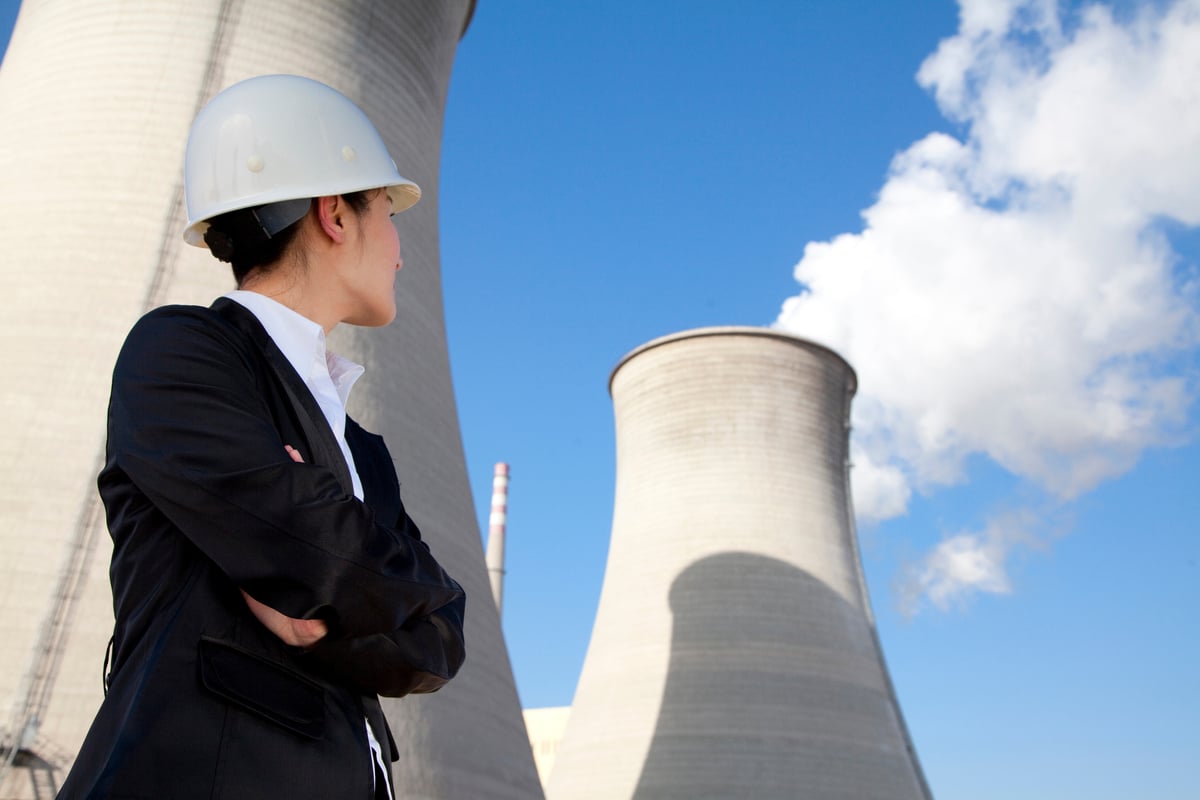As the U.S. takes steps toward future energy sustainability, by moving toward energy independence, there's one area that doesn't get much attention. That area is wind power. For the year ended in January, electricity produced from wind power in the U.S. was just 171 terawatt-hours, or roughly 4% of all generated electrical energy.
That 4% number is rather small, but it's the future of wind energy that should get investors excited. The U.S. Department of Energy believes that wind power could supply 20% of all U.S. electricity by 2020.
The best play in the wind industry
The Midwest and Western states are booming with energy derived from wind turbines. One of the companies helping to provide these energy producers is Trinity Industries (TRN 0.43%). Trinity Industries is primarily a railcar producer, building new railcars to replace all of those old, graffiti-stricken ones traveling across the country delivering goods from one coast to the other.
However, over the past few years, its energy division has been steadily growing. Trinity Structural Towers is the wholly owned subsidiary of Trinity Industries that fabricates tubular wind towers in the U.S. Based out of Texas, it is in a prime location to supply what Boone Pickens has dubbed "the Saudi Arabia of Wind," where this resource (wind) is abundant.
Half of the production of electricity from wind in the U.S. comes from two areas: the West North Central U.S. (Iowa, Kansas, Minnesota, Missouri, Nebraska, North Dakota, and South Dakota) and the West South Central U.S. (Arkansas, Louisiana, Oklahoma, and Texas).
What makes Trinity Industries so great?
With wind's rising demand and the backing of governments and companies alike, wind is poised to play a significant role in America's energy independence. The EIA expects wind power to supply more energy than solar for the next two years. Wind also constituted the fourth-largest growth in capacity add-ons by U.S. power plants, showing continued investment in renewable energies by utility companies (natural gas, solar, and coal were ahead of wind).
With wind energy expected to grow in the U.S., Trinity is a diversified industrial play with the opportunity to benefit. Its backlog of structural towers totaled close to $270 million at year-end 2013. The company has a diversified product mix, which includes railcar manufacturing, railcar leasing, inland barges, construction, and energy.
With the recent trend of in-sourcing manufacturing back into the U.S., the company's railcar business is positioned to cushion any hiccup in its alternative energy business. The fact remains that if large equipment needs to be moved across the U.S., it will likely be done by a Trinity Industries railcar.
How the valuation looks
Meanwhile, Trinity Industries trades at a P/E ratio of 12 and offers a 0.7% dividend yield. Its current P/E ratio is well below its historical average of 15, and also below the industry average of 19.
Trinity Industries is trading near 52-week highs, but it's been a stellar company when it comes to increasing its net profit margin. Its net profit margin has gone from 5% in 2011 to 7% in 2012 and 9% in 2013. And if we look at Wall Street's consensus forecast for Trinity's long-term earnings growth rate, Trinity is a solid 'growth at a reasonable price' play. Its P/E to growth (PEG) ratio is 1.
Bottom line
When it comes to alternative energy, the hottest topic today is solar. But wind is still a big part of electricity generation. One of the more unique plays on the industry is Trinity Industries. For investors who would like to gain exposure to the wind-turbine industry while also having some downside protection thanks to its railcar business, Trinity Industries is worth a closer look.






